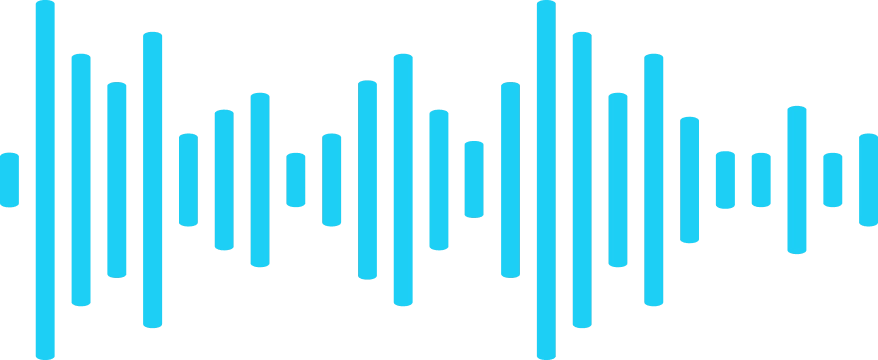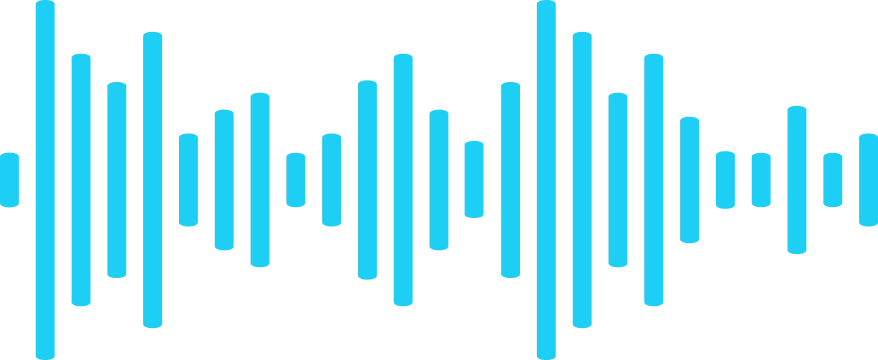What is quantization?
Quantization in music refers to the process of aligning the rhythmic events in a musical performance to a predefined grid, which is often based on musical time divisions such as beats and bars. This process is used to correct timing errors, create rhythmic consistency, and facilitate the manipulation of musical elements in a digital audio workstation (DAW).
While quantization is commonly associated with electronic music and digital production, its roots can be traced back to the early days of music notation, where musical events were represented as discrete symbols on a grid-like staff. Today, quantization has become an indispensable tool in the arsenal of modern music producers, enabling them to achieve precision and consistency in their musical creations.
Non-quantized drums:

Hard quantized drums:

Understanding the basics of quantization
At its core, quantization is about the conversion of continuous musical events into discrete values. In a live performance, the timing of each note is determined by the performer's intuition and skill. However, when this performance is recorded digitally, the timing of each note needs to be represented as a specific value that can be processed by a computer.
This conversion process is not always perfect, and small timing errors can occur. Quantization is used to correct these errors by aligning each note to the nearest value on the predefined grid. This can result in a more rhythmically consistent and tight-sounding performance.
Quantization and timing correction
One of the main uses of quantization is to correct timing errors in a performance. Even the most skilled musicians can make small timing mistakes, especially when playing complex rhythms or at high tempos. By aligning each note to the nearest grid value, quantization can smooth out these errors and create a more rhythmically consistent performance.
However, it's important to use quantization judiciously. Over-quantization can strip a performance of its natural feel and make it sound robotic or mechanical. Many producers use quantization as a starting point and then manually adjust individual notes to achieve the desired balance between precision and musicality.
Types of quantization
There are several types of quantization used in music production, each with its own strengths and weaknesses. The most common types are hard quantization, soft quantization, and groove quantization.
Hard quantization aligns each note to the nearest grid value without any exceptions. This can result in a very tight and consistent rhythm, but it can also make the performance sound mechanical. Soft quantization, on the other hand, only partially aligns each note to the grid, preserving some of the original timing variations. This can create a more natural-sounding rhythm, but it may also leave some timing errors uncorrected.
Quantization in digital audio workstations (DAWs)
Most digital audio workstations (DAWs) offer a range of quantization features. These typically include options for hard and soft quantization, as well as more advanced features like groove quantization and swing. The specific options and interfaces can vary between different DAWs, but the underlying principles are the same.
Quantization in a DAW is usually applied to MIDI data, which represents musical events as discrete values that can be easily manipulated. However, some DAWs also offer audio quantization features, which can align the transients in an audio recording to the grid. This can be useful for tightening up drum recordings or other rhythmic audio material.







